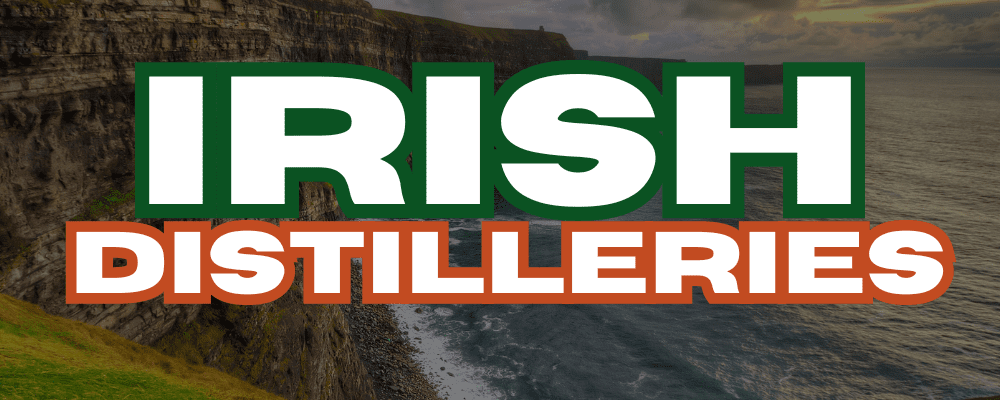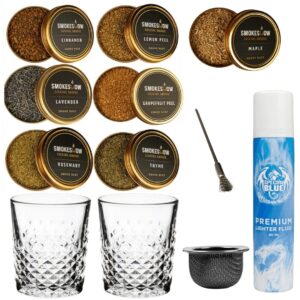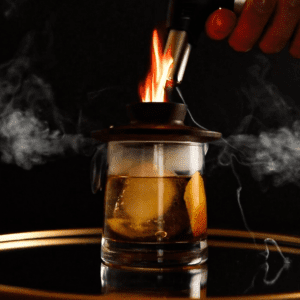Embark on a journey through the emerald hills of Ireland, where centuries-old traditions meet modern craftsmanship in the world of Irish whiskey. Discover the rich history and unparalleled beauty of Ireland’s top whiskey distilleries, each with its own story. Let’s explore the heart and soul of Irish whiskey production, uncovering the secrets behind some of the world’s most beloved spirits.
The Oldest Irish Whiskey Distillery
I can just hear the Irish jig music playing as I stroll down a cobblestone street now with the smell of whiskey and maybe that charming dusty smell when you walk in somewhere that has so much history.
There are about 30 whiskey distilleries currently operating in Ireland. One of the oldest distilleries is still standing and that is Old Bushmills Distillery located in Country Antrim. County Antrim is one of the six counties that make up Northern Ireland, part of the United Kingdom. It is located in the northeastern part of the island of Ireland, bordering the North Channel and the Irish Sea to the north and east.
First, Old Bushmills looks absolutely gorgeous. See the photos below! The Old Bushmills Distillery is located on the banks of the River Bush in County Antrim, Northern Ireland. The distillery takes its name from the river, which flows past the distillery grounds and plays a crucial role in the production of Bushmills Irish whiskey. The water from the River Bush is used in the distillation process, contributing to the unique character of Bushmills whiskey. This distillery, founded in 1608, is one of the oldest licensed Irish whiskey distilleries in the world and produces a range of acclaimed Irish whiskeys.
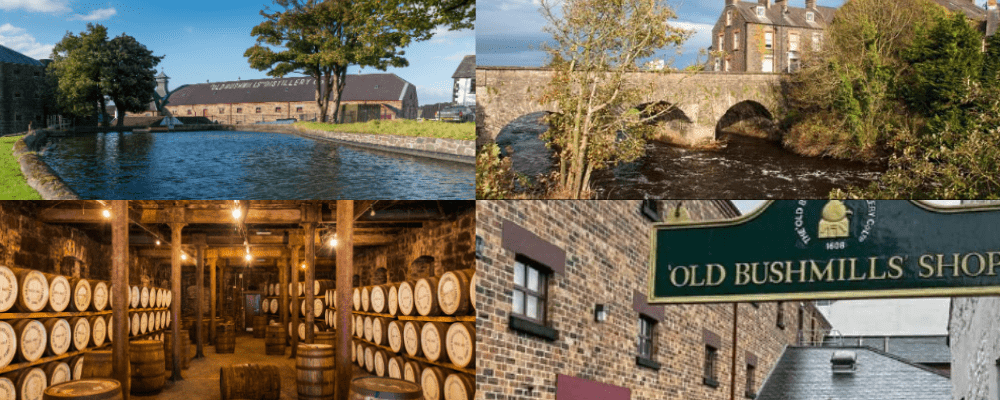
County Antrim has a rich history and is home to several historic sites and landmarks. These include Carrick Fergus Castle, one of the best-preserved medieval castles in Ireland, and Dunluce Castle, a dramatic cliff-top ruin overlooking the Atlantic Ocean.
Bushmills Distillery produces several whiskey brands, including:
- Bushmills: The flagship brand, offering a range of expressions including Bushmills Original, Black Bush, and various aged single malts.
- The Irishman: A brand that includes a range of Irish whiskeys, including blends and single malts, known for their smoothness and rich flavor.
- The Sexton: A single malt Irish whiskey aged in Oloroso sherry casks, known for its dark, rich color and smooth, fruity flavor profile.
Midleton Distillery
This next distillery produces Irish whiskey that I am sure most of you have either tried or at least just heard of! I’d say it produces some of the most famous Irish whiskeys!
The Midleton Distillery, located in Midleton, County Cork, Ireland, is one of the most important and largest distilleries in Ireland. It is owned by Irish Distillers, a subsidiary of Pernod Ricard, and is known for producing some of Ireland’s most iconic whiskey brands, including Jameson, Redbreast, Green Spot, and Powers.

County Cork, located in the southwest of Ireland, is the largest county in the country and is known for its stunning natural beauty, rich history, and vibrant culture. The county town is Cork City, a bustling metropolis known for its lively music and arts scene, historic architecture, and vibrant culinary scene.
County Cork is home to some of Ireland’s most iconic landmarks and attractions. The rugged coastline is dotted with picturesque villages, sandy beaches, and dramatic cliffs, including the famous Cliffs of Moher. Inland, the landscape is characterized by rolling green hills, lush valleys, and meandering rivers, making it a popular destination for outdoor enthusiasts.
Cork is also known for its rich history and heritage. The county is home to a number of historic sites and landmarks, including Blarney Castle, famous for its Blarney Stone, which is said to give the gift of eloquence to those who kiss it.
County Cork is also renowned for its food and drink. The region is known for its artisanal food producers, including cheese makers, chocolatiers, and breweries. Cork is also home to the famous English Market, a historic food market in Cork City that has been operating since 1788.
The Midleton distillery has a long history, with its origins dating back to the early 19th century. However, the modern distillery was established in 1975 when several distilleries in Ireland, including the Old Midleton Distillery, were consolidated into one facility.
Midleton Distillery is renowned for its innovative approach to whiskey-making, using a combination of modern and traditional techniques to produce a wide range of whiskey styles. The distillery is home to the largest pot still in the world, which is used to produce the signature style of pot still whiskey that is unique to Ireland.
In addition to its production facilities, the Midleton Distillery also houses the Jameson Experience, a visitor center that offers guided tours and tastings, allowing visitors to learn about the history and craftsmanship behind Ireland’s most famous whiskey brands.
Wait…Jameson isn’t made in the Jameson Distillery?
The Jameson Distillery is located in Dublin and is primarily a visitor center and tourist attraction. While whiskey production did historically take place at the original Jameson Distillery in Dublin, today’s Jameson whiskey is primarily produced at the Midleton Distillery.
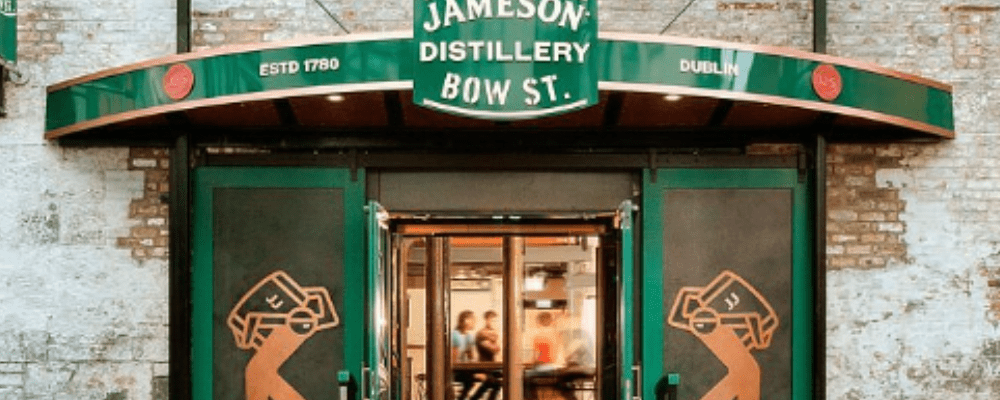
Tullamore Distillery
The Tullamore Distillery, located in Tullamore, County Offaly, Ireland, is a historic distillery that has been producing Irish whiskey for over two centuries. The distillery was originally founded in 1829 by Michael Molloy, but it has since undergone several changes in ownership and modernization efforts.
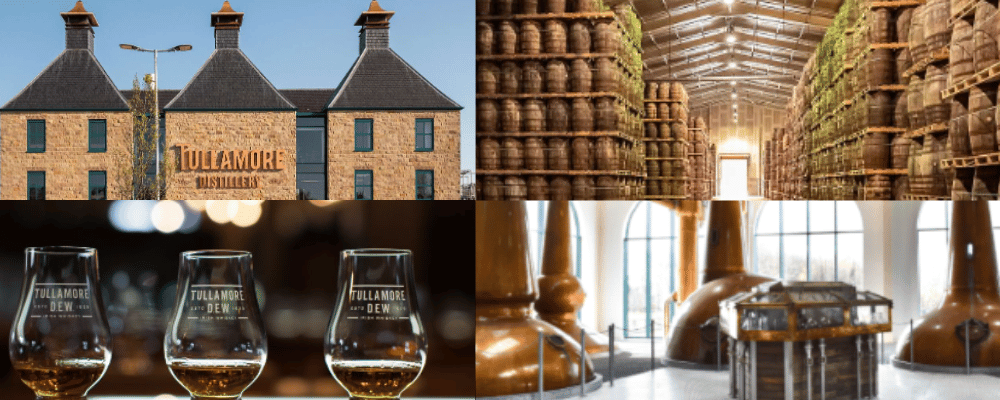
One of the most significant developments in the history of the Tullamore Distillery was the construction of a new, state-of-the-art facility in 2014. This new distillery, known as the Tullamore Distillery, marked a return to Tullamore for the production of Tullamore D.E.W. whiskey, which had been produced elsewhere for several years.
The Tullamore Distillery is known for its commitment to traditional whiskey-making techniques, including the use of pot stills and the use of locally sourced ingredients. The distillery produces a range of whiskeys, including blends and single malts, all of which are aged in a combination of oak barrels to develop their unique flavor profiles.
Today, the Tullamore Distillery is one of the most popular tourist attractions in County Offaly, offering guided tours and tastings that allow visitors to learn about the history and production of Tullamore D.E.W. whiskey.
Teeling Distillery
Now, let’s get into a distillery that you miiight not have heard of before!
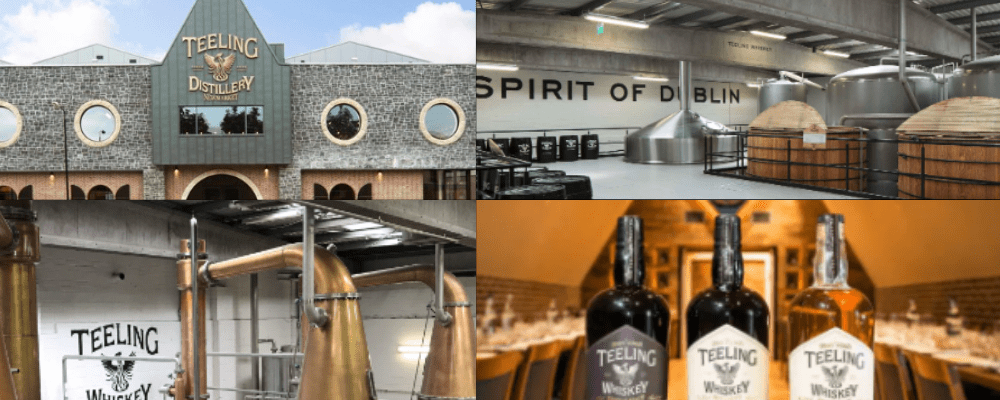
The Teeling Distillery, located in Dublin, is one of the newer additions to the Irish whiskey scene, having been established in 2015. However, the Teeling family has a long history in the whiskey business, with ancestors involved in the industry dating back to 1782.
The distillery is known for its innovative approach to whiskey-making, with a focus on producing high-quality, handcrafted spirits. Teeling is particularly known for its use of different cask finishes, such as rum casks and wine casks, to create unique and flavorful whiskeys.
One of the standout products from Teeling is the Teeling Small Batch, a blended whiskey that has won numerous awards for its smoothness and complexity. Teeling also produces a range of other whiskeys, including single malts and limited edition releases.

In addition to its whiskey production, the Teeling Distillery is also a popular tourist destination, offering guided tours that take visitors through the whiskey-making process and the history of the Teeling family. The distillery also houses a gift shop and a tasting room where visitors can sample Teeling whiskeys.

